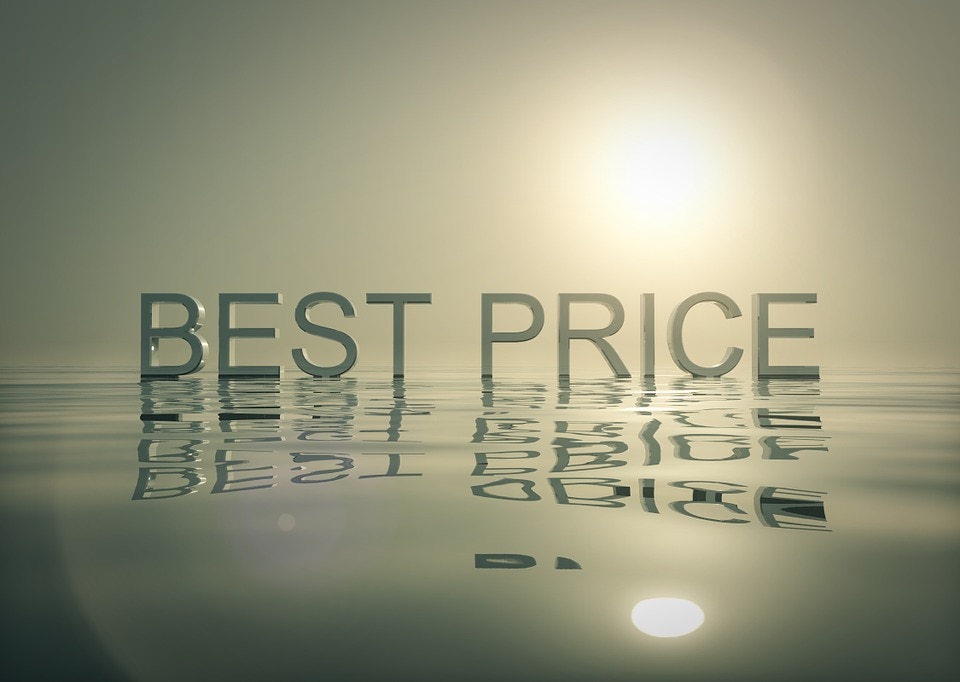Online marketplaces
If you’re new to selling products online, you might want to try setting up your shop on an online marketplace first. An online marketplace is a website where many different individual retailers can sell products. There are over 100 choices, from giant mega-store platforms like eBay and Amazon to more specialized marketplaces. The latter includes sites such as ‘Shopify’ for artists and crafters, or ‘Art Source’ and ‘Art finder’ for fine arts. There’s also ‘Refash’ and ‘Second Other’ for used fashion; ‘Ox Street’ and ‘Buy My Sneaker’ for sneakers; or ‘Gumtree’ and ‘Porch buds’ for plants. Whatever you want to sell, it’s worth checking around to see if there’s a specialized marketplace for it.
There are several advantages to taking this route. It is usually swift and easy—they’ll walk you through the setup step-by-step. Once you’ve met the marketplace requirements and are approved as a seller, all you have to do is upload your products and—ta-da!—you’re in business. It doesn’t require a lot of time or technical know-how.
Another key advantage of these sites is that they already have lots of traffic, so you can get your products in front of customers very quickly. And they typically provide a lot of tools and resources to help you succeed. Your success is their success since they take a cut of every sale. (For example, most of these platforms also offer paid advertising to boost your visibility in the marketplace.)
The downside is that you will be competing against many other sellers. Ideally, you’ve selected a product or service that has a smaller niche, so you’re not competing against hundreds of people selling the same thing. That can be challenging with marketplace platforms because you can’t create the kind of customized, branded experience that will help you stand out. You have to work within the design parameters of the platform. However, by optimizing your product feed, creating catchy product descriptions, giving detailed information, and collecting positive reviews, you can still stand out from the crowd.
Think of this approach as starting out by selling your products in a department store. With minimal investment in infrastructure, you can capitalize on a bigger brand name, expose your brand to their audience, and make some of their customers your customers.
When you’re ready to graduate, you can apply what you’ve learned about managing inventory, shipping, customer service, and advertising to building your own online store. And, since many of these platforms don’t require exclusivity, you can continue selling there and getting brand exposure, even while operating your own separate storefront.





